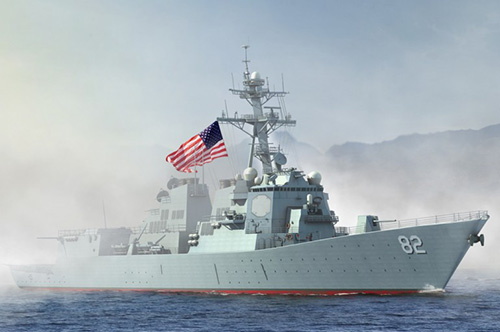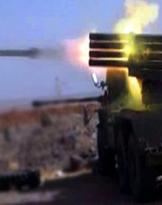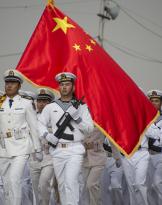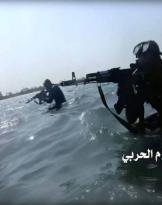The archipelago was no longer discussed for years, although the two red enemies, China and Vietnam, continued their local cold war. Between the Gulf of Tonkin and the South China Sea, the navies of Hanoi and Beijing would have continued to provoke themselves. Vietnam has never accepted the occupation of the islands, China has never thought of withdrawing.
Over time, Taiwan and, above all, the United States have entered the game, having returned to the scene after the rapprochement with Vietnam. The dissolution of the USSR, the great Vietnamese brother, and subsequent political reforms in Hanoi have transformed the biggest nightmare of American history into a "Blessed well" more and more intense.

However, the diplomatic relations re-established in the 1995 do not only have a sentimental meaning. In reality, the Paracel Islands and the entire South China Sea have great economic and geopolitical value. The interests for the rocks overlap with the comparison on the Spratly Islands, 400 miles farther, also involving Malaysia and the Philippines in a century-old brawl.
The interests on sovereignty arise from the large oil fields present in the seabed (delle Spratly above all) and end up becoming an offshoot of the all-out confrontation between China and the United States.
The sea around the Parecel is the third area of friction between Beijing and Washington after Taiwan and the Pacific coasts.
China in a kind of "Faose da fa ', semo cinese ..." he turns to Taiwan by trying the adulation chart in an attempt to remove cousins from Washington's orbit. Taipei, in the wake of the thrusts of the streets, does not fall into the trap and refuses to flirt, after years of military provocations and threats from Beijing. The deployments are ready, only the naval incident is missing.
No sooner said than done.
The passage of the January 30 behind the Paracels of the American destroyer Curtis Wilbur (class Arleigh Burke) paired with the sister ship's October raid Let a stone's throw from Spratly. That among the salient features of the US Navy is that of being present everywhere for the Seven Seas, it is known. Less well known is that China considers territorial waters around the sea within the 12 miles from occupied islands and islets, including artificial ones on which it continues to build naval bases and airfields, claiming sovereignty over much of the South China Sea. The mutual accusations of provocation as it is logical, are automatic.
The chancelleries of Southeast Asia are activated and so an axis emerges that opposes the increasingly enterprising Beijing, the USA, Taiwan, the Philippines, Malaysia and Vietnam.
If the role of Kuala Lumpur and Manila appears to be secondary, it is interesting to grasp the developments of the not too indirect collaboration between Hanoi and Washington. What is certain is that the Pacific and the Far East will be the battleground of global geopolitical interests of the next half century.
(Photo: 中国 人民 解放 海 / author / US Navy)












